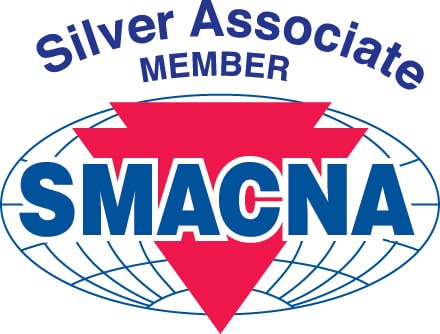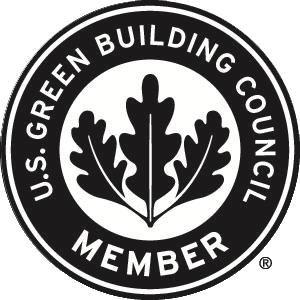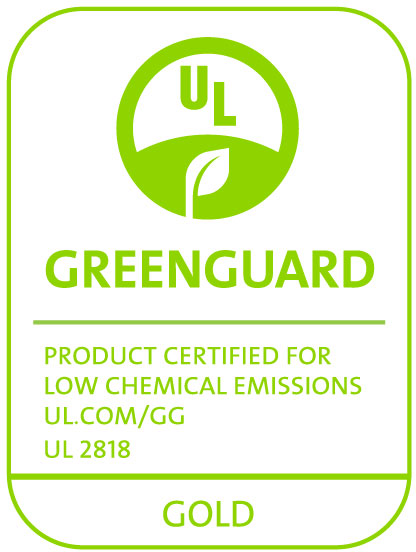Fire protection design for commercial buildings is critical to the life safety of building occupants and the building itself. Fire codes, fire protection standards, and building codes reference various terms such as fireproof, fire resistance, flame retardant, noncombustible, and many more.
This technical bulletin will address the combustibility of construction materials, including mechanical insulation. The National Fire Protection Association (NFPA) defines material combustibility as follows:
Combustible: material can ignite and burn; the material burns (i.e. wood, plastics, paper, fabrics). Classified as neither noncombustible nor limited combustible.
Noncombustible: material will not ignite, burn, or propagate flammable vapors when exposed to fire; the material does not burn (i.e. steel, concrete, glass, some insulation types). Passes ASTM E136 Standard Test Method for Assessing Combustibility of Materials Using a Vertical Tube Furnace at 750oC.
Limited Combustible: material is combustible but with a limited heat release rate when it burns; the material burns but not very well (i.e. gypsum wallboard). Limited combustible materials may have flame retardants added.
Due to increasing insulation thicknesses driven by building codes aiming to enhance energy conservation, real concerns exist with the combustibility of increasing insulation mass in commercial construction for building envelopes, roofing, and mechanical systems (piping, ducts, and equipment).
Aeroflex USA’s AEROFLEX® brand of EPDM closed-cell elastomeric insulation is classified as limited combustible because it passes ASTM E84 or UL 723 25/50 flame spread/smoke-developed indexes up to 2” [50 mm] thick, even when the material is cut.
Sources:











